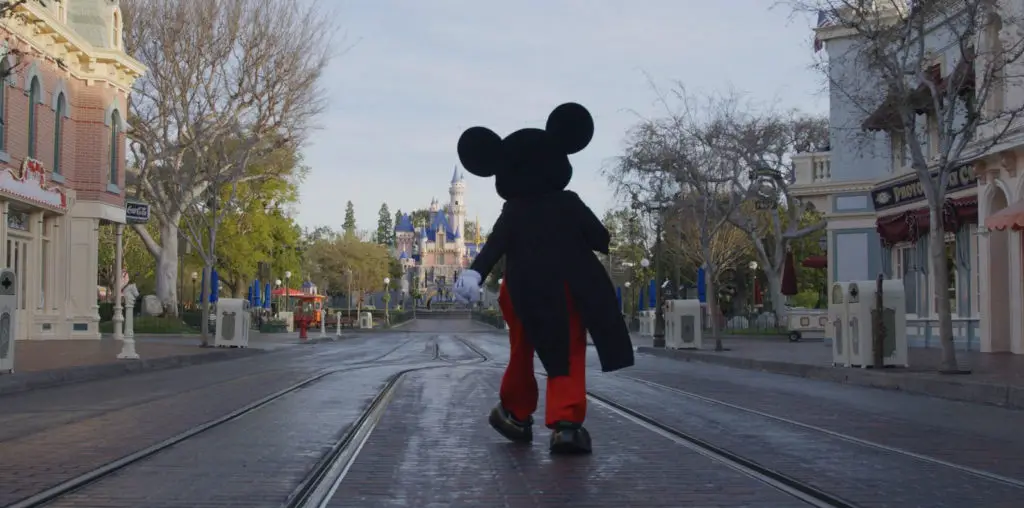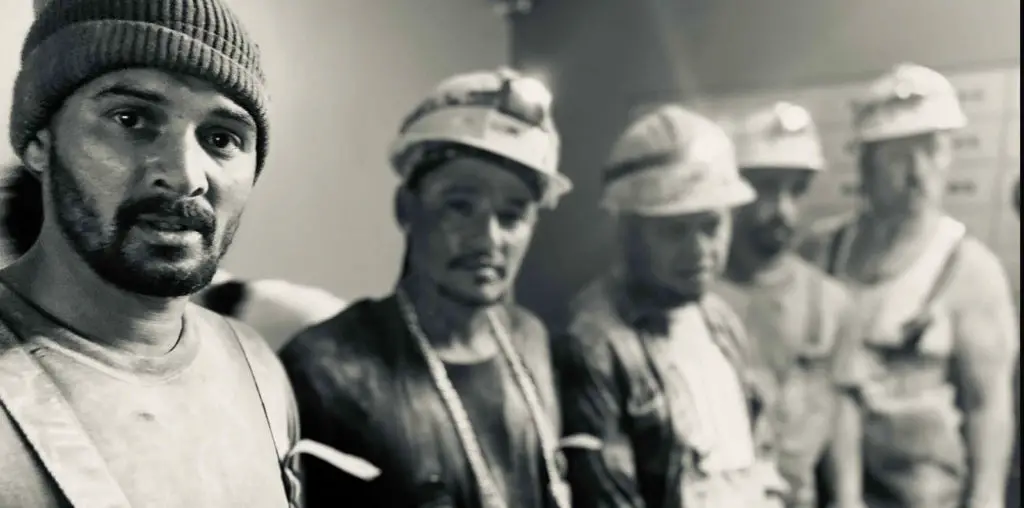
BOOTLEG FILES 242: The House I Live In” (1945 Oscar-winning short starring Frank Sinatra).
LAST SEEN: Available for viewing at several online sites.
AMERICAN HOME VIDEO: Only as a public domain dupe.
REASON FOR BOOTLEG STATUS: A lapsed copyright.
CHANCES OF SEEING A COMMERCIAL DVD RELEASE: No, it is stuck in public domain hell.
In today’s relatively enlightened environment, it is difficult to comprehend that American society once felt no embarrassment in the blatant promotion of anti-Semitism. Not unlike the racial prejudice targeted at African Americans, Jewish Americans were openly discriminated against when it came to gaining employment, purchasing a home, enrolling in schools, and accessing hotels and restaurants. For the first part of the 20th century, it was not unusual to see signs attached to properties that openly stated “No Jews Allowed,” or to scan newspaper classified advertisements that specifically sought out Christian applicants.
The tragedy of American anti-Semitism metastasized in the late 1930s into pressure on the federal government to bar the acceptance of Jewish refugees attempting to flee Nazi-controlled Europe. Unable to gain asylum in the U.S. (or elsewhere in the world, for that matter), the majority of Europe’s Jewish population perished in the Holocaust – victims of anti-Semitism from both sides of the Atlantic.
This atrocious social situation needs to be considered when viewing the 1945 short film “The House I Live In.” The production was commissioned by the Anti-Defamation League of B’nai Brith as a means of addressing religious intolerance – an amazing situation, considering that Americans were already more than aware of the horrors of the concentration camps. Nonetheless, the tragic news from liberated Europe failed to move many Americans, and additional action was taken to ensure the message got across that anti-Semitism could not be acceptable.
Selling this message was the most popular entertainer of the day: Frank Sinatra. The film opens with a casually dressed Sinatra doing a take of “If You Were But a Dream” in a recording studio. After the song ends, Frankie ducks into a back alley for a cigarette break. But before Ol’ Man Tobacco hits his lips, Frankie finds himself breaking up a gang fight. Except in this case, the gang fight involves 10 screaming boys trying to beat up a shy little boy.
Sinatra shows his typical Joisey cockiness in defusing the altercation. “What’s he got, smallpox or somethin’?” he asks the violent tykes. One of the kids replies: “We don’t like his religion!” To which Frankie smiles and replies: “You must be a bunch of those Nazi werewolves I’ve been reading about.”
The violent kids are utterly confused and one steps forward to reply: “Mister, are you screwy?” To which Sinatra grins, shakes his head, and says: “Not me, I’m an American.”
Sinatra then explains why hating people because of their religion is stupid. He gets one of the nasty boys to acknowledge that his father is an injured veteran. He then gets the timid boy who is being attacked to admit that his parents donated blood at the local blood bank. Sinatra then theorizes how it is possible that the persecuted boy’s parents blood may have been used to save the lives of the persecuting boy’s father – and would the latter’s injured dad prefer to die rather than take the blood of someone of a different faith? The violent gang suddenly gets the air knocked out of them with that logic.
Then Sinatra, in a strategy that doesn’t seem to quite fit in a movie about tolerance, reminds his youthful audience about Pearl Harbor by noting: “Those Japs socked us so it looked like we could never do anything about it.” Sinatra recalls the U.S. retaliation bombing of a Japanese carrier that was successfully coordinated by the teamwork of a Presbyterian named Kelly and a Jew named Levin. Sinatra marvels how people of two faiths could work together to sink the Japs (and, yes, he says “Japs” four times in the movie).
And from there, Sinatra announces he has to go back to work. The now-humbled gang asks him what type of work he is engaged in. Clearly amused that he is not recognized, he gathers the boys around and starts to sing the film’s title song.
The lyrics to “The House I Live In” were credited to one Lewis Allan. His real name was Abel Meeropol, and he was best known at the time for writing the song “Strange Fruit,” an anti-lynching ballad that was a controversial hit for Billie Holiday. Allan/Meeropol’s lyrics rhetorically asked “What is America to me?” and then answered in sweeping terms designed to capture the feel of mixed population neighborhoods: “The house I live in / A plot of earth, a street / The grocer and the butcher / Or the people that I meet. / The children in the playground / The faces that I see / All races and religions / That’s America to me.”
The song twice refers to Christian houses of worship – “ The wedding and the churchyard” and “The church, the school, the clubhouse” – but there is no mention of synagogues. (Mosques were not common in 1945 America, hence the omission of that holy setting.) But the song recovers by looking across the grand spectrum by noting: “But especially the people / Yes, especially the people / That’s America to me!”
At the end of the tune, Sinatra exits and the once-rabid kiddie gang slump away. But before they leave, they make peace with the poor boy they were harassing a mere 10 minutes earlier. Yes, everyone can get along, regardless of which brand of religion they prefer.
“The House I Live In” was directed by Mervyn LeRoy, one of the finest filmmakers of Hollywood’s Golden Era. If you don’t recall his name, you will know his work: “Little Caesar,” “I am a Fugitive from a Chain Gang,” “Tugboat Annie,” “Anthony Adverse,” “Waterloo Bridge,” “Madame Curie,” “Thirty Seconds Over Tokyo,” “Quo Vadis” and “Mister Roberts.” He also produced “The Wizard of Oz” and did uncredited directing on several of its sequences.
The man who wrote the screenplay for “The House I Live In” was Albert Maltz, and his view of America changed dramatically within three years of this assignment: he was one of the Hollywood Ten and his life was ruined by the McCarthy-era blacklist. Not even Frank Sinatra could salvage Maltz’s reputation (Frankie put his reputation on the line to jump start a Maltz-written project on World War II deserter Eddie Slovik, but the film never got made).
Abel Meeropol also faced McCarthy-era scrutiny when he agreed to adopt the two sons of Julius and Ethel Rosenberg, the convicted spies. Needless to say, Hollywood did not seek out his services during the Red Scare years.
The Anti-Defamation League of B’nai Brith arranged for “The House I Live In” to be theatrically distributed by RKO Radio Pictures (which was odd, since Mervyn LeRoy and Frank Sinatra were under contract at MGM at the time). The film’s title song became a major hit and the film was widely admired for daring to question what had been a taboo subject. The film won a special Golden Globe Award for “promoting international good will” and an Honorary Academy Award “for tolerance short subject.”
“The House I Live In” helped nudge the question of anti-Semitism into Hollywood’s spotlight. By 1947, two major feature films – “Gentleman’s Agreement” and “Crossfire” – addressed the subject in decidedly non-musical terms. Across the country, the notion that anti-Semitic behavior was acceptable slowly began to evaporate (racial intolerance took longer to challenge, of course).
Over time, “The House I Live In” was forgotten – to the point that no one bothered to renew its copyright. The film lapsed into the public domain, thus allowing it to be widely duped by anyone who wants to knock off a quick Frank Sinatra film. For years, cruddy dupes have circulated on videos and, more recently, online. In 2007, the film’s reputation was salvaged when the Library of Congress added it to its National Film Registry, thus paying tribute to its unique place in cinematic history.
If “The House I Live In” seems a bit corny today, then it certainly served it purpose well. Back in 1945, there was nothing corny about anti-Semitism. After all, it is better to poke fun at yesteryear’s tolerance lessons than to live in a current state of intolerant cruelty.
IMPORTANT NOTICE: The unauthorized duplication and distribution of copyright-protected material, either for crass commercial purposes or profit-free s***s and giggles, is not something that the entertainment industry appreciates. On occasion, law enforcement personnel boost their arrest quotas by collaring cheery cinephiles engaged in such activities. So if you are going to copy and distribute bootleg videos and DVDs, a word to the wise: don’t get caught. Oddly, the purchase and ownership of bootleg videos is perfectly legal. Go figure

